Tidal Energy – Harnessing Ocean Tides
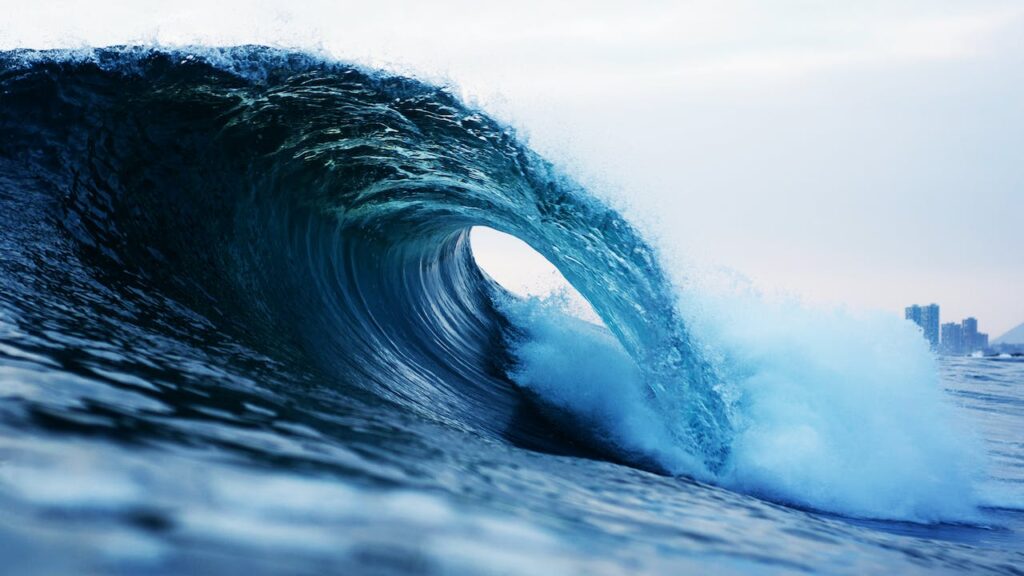
Tidal energy is a remarkable form of renewable power that utilizes the gravitational forces between the Earth, the Moon, and the Sun to generate electricity. Thus tidal power plants, often located near coastlines, take advantage of the predictable rise and fall of ocean tides.
Tidal Power Plants – Turning Tides into Electricity
Tidal power plants consist of underwater turbines that rotate as water flows in and out with the changing tides. This mechanical energy is converted into electricity. Providing a sustainable and reliable energy source for coastal regions.
Hydroelectric Dams – The Power of Falling Water
Hydroelectric dams are among the oldest and most established forms of renewable energy. They harness the energy of falling water to generate electricity on a large scale, making them a crucial part of the clean energy landscape.
Water Source – The Key to Hydroelectric Power
A steady water source is essential for hydroelectric dams. Reservoirs created by dams store water. Which is released in controlled quantities to spin turbines and generate electricity. This process allows for the reliable production of clean energy.
Tidal Energy vs. Hydroelectric Dams – A Comparison
Comparing tidal energy and hydroelectric dams reveals the distinct advantages and limitations of each technology. While tidal energy is predictable and suitable for coastal regions, hydroelectric dams require substantial infrastructure but can provide power to a wider range of areas.
Environmental Impact – Balancing Energy Needs
The environmental impact of energy production is a significant concern. Alternative energy sources aim to minimize harm to the planet by reducing greenhouse gas emissions, water pollution, and the depletion of natural resources.
Renewable Energy’s Positive Influence
Alternative energy sources, such as wind, solar, tidal, and hydroelectric power, contribute to the reduction of greenhouse gas emissions and combat climate change. They also promote sustainable development and reduce dependence on finite resources.
Alternative Energy Examples FAQs
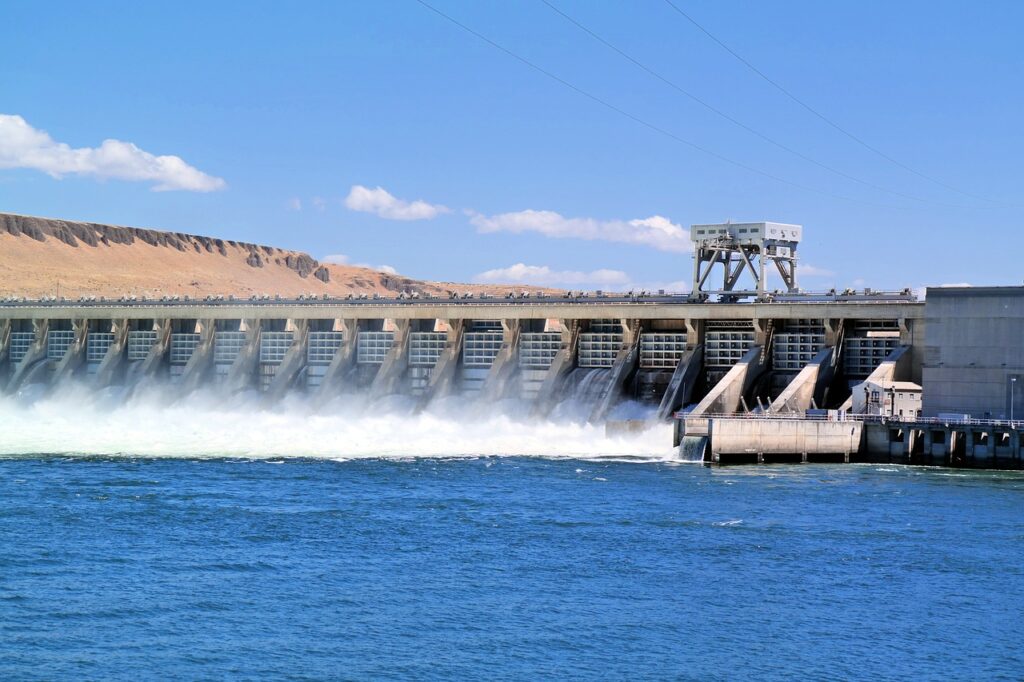
How do tidal power plants function, and where are they commonly found?
Tidal power plants function by harnessing the energy created by the rise and fall of ocean tides. Here’s how they work:
Tidal Flow: Tidal power plants are typically located in coastal regions with strong tidal currents. As the tide rises and falls, water flows in and out of estuaries or bays.
Turbines: Underwater turbines or tidal stream generators are placed in these tidal flow areas. These turbines resemble underwater wind turbines.
Generating Electricity: As water flows past the turbines, they spin. Converting the kinetic energy of the moving water into mechanical energy. Which is then transformed into electrical energy through generators.
Tidal power plants are commonly found in regions with significant tidal ranges. Such as the Bay of Fundy in Canada, the Pentland Firth in Scotland, and La Rance in France. These areas experience strong tidal currents, making them ideal locations for harnessing tidal energy.
What is the role of water reservoirs in hydroelectric dams?
Water reservoirs play a pivotal role in hydroelectric dams by acting as energy storage and flow regulation systems:
Energy Storage: Water is stored in the reservoir at higher elevations when there is excess electricity generation. Typically during periods of low energy demand or when renewable energy sources like wind and solar are producing surplus power.
Flow Regulation: When electricity demand is high, or when the grid needs more power, the stored water is released from the reservoir and allowed to flow downhill through turbines.
Turbine Operation: As the water flows downhill, it passes through turbines, converting the potential energy of the falling water into electricity. The controlled release of water from the reservoir ensures a steady and reliable power supply.
Water reservoirs in hydroelectric dams provide a way to balance electricity supply and demand, making hydroelectric power a flexible and responsive energy source.
How does hydroelectric power compare to other alternative energy sources?
Hydroelectric power has its unique characteristics and advantages compared to other alternative energy sources:
Reliability: Hydroelectric power is highly reliable and can provide a consistent source of electricity since it is not dependent on weather conditions like wind or sunlight.
Scalability: Hydroelectric dams can be built at various scales. From small-scale installations to large, utility-scale projects, making them adaptable to different energy needs.
Storage Capacity: The ability to store water in reservoirs provides hydroelectric power with inherent energy storage capabilities, allowing it to meet fluctuating energy demand.
However, hydroelectric power also has some environmental considerations, such as habitat disruption and the potential impact on aquatic ecosystems.
What is the environmental impact of renewable energy sources?
The environmental impact of renewable energy sources is generally less harmful than that of fossil fuels. Here are some key points:
Reduced Greenhouse Gas Emissions: Most renewable sources, such as solar, wind, and hydroelectric power, produce little to no direct greenhouse gas emissions during electricity generation.
Low Air and Water Pollution: Renewable sources have minimal air and water pollution compared to fossil fuels.
Resource Use: Some renewables may require land use or resource extraction for materials like rare earth metals (e.g., for solar panels), which should be managed responsibly.
Ecosystem Impact: Hydroelectric dams and tidal power plants can impact local ecosystems, necessitating careful planning and mitigation measures.
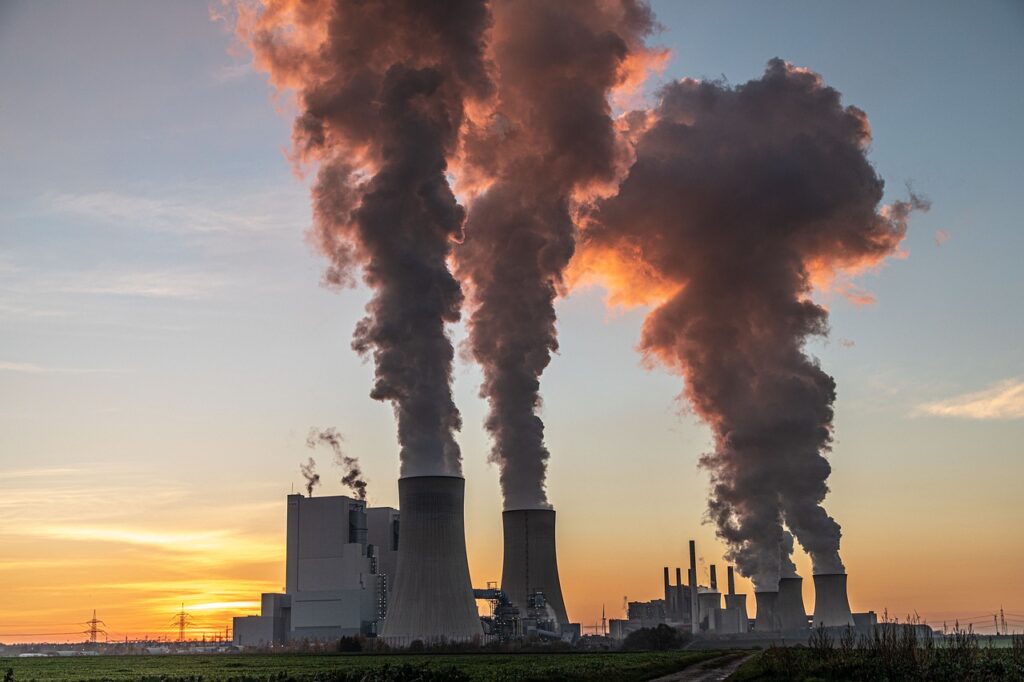
How can alternative energy help combat climate change?
Alternative energy sources play a critical role in combating climate change by:
Reducing Greenhouse Gas Emissions: Most alternative energy sources produce little to no greenhouse gas emissions during electricity generation, helping to mitigate climate change.
Decreasing Fossil Fuel Dependence: By diversifying the energy mix and reducing reliance on fossil fuels, alternative energy sources reduce carbon emissions from burning fossil fuels.
Promoting Sustainable Practices: The adoption of alternative energy sources encourages sustainable development and responsible resource management, reducing harm to the environment.
Alternative energy sources are a key component of global efforts to transition to a low-carbon and sustainable energy future, in alignment with goals like those set in the Paris Agreement.
Conclusion – A Sustainable Energy Landscape
In conclusion, the world of alternative energy is vast and diverse, offering an array of solutions to address our growing energy needs while safeguarding the environment. Natural gas, geothermal energy, solar power, wind turbines, nuclear energy, tidal energy, and hydroelectric dams each play a unique role in this sustainable revolution.
Hydroelectric power plants are the largest source of renewable energy worldwide, contributing significantly to electricity generation.
As we move forward in this exploration of alternative energy, we will continue to uncover the innovations and breakthroughs that are shaping our energy landscape.
Water as a Vital Resource
Water is a fundamental resource for both traditional and alternative energy sources. Understanding its role in energy production and conservation is crucial for sustainable development.
Water and Energy – A Complex Relationship
Water is essential in various stages of energy production, from cooling systems in power plants to the generation of hydroelectric and tidal power. Managing water resources efficiently is vital to ensure a sustainable energy future.
Energy Production and Environmental Considerations
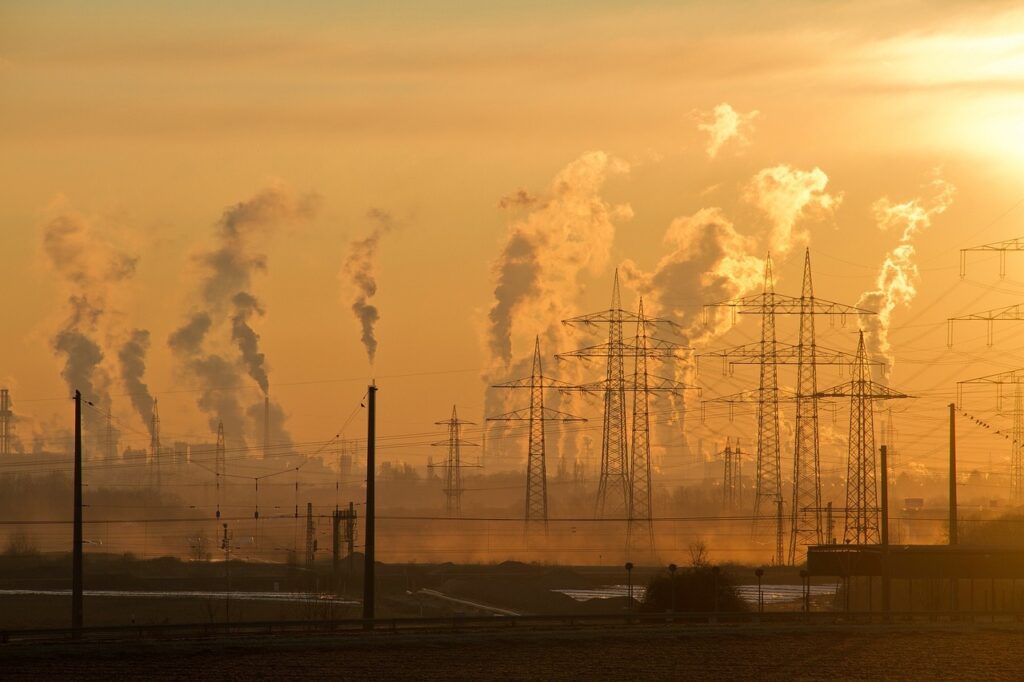
The impact of energy production on the environment cannot be ignored. As we transition to alternative energy sources, it’s essential to evaluate and mitigate potential environmental effects.
Reducing Greenhouse Gas Emissions
Alternative energy sources are championed for their ability to reduce greenhouse gas emissions. Solar, wind, and nuclear energy, in particular, produce minimal or no carbon emissions, contributing to a greener planet.
Biodiversity and Habitat Protection
Hydroelectric dams and tidal power plants can disrupt aquatic ecosystems. Of course proper planning and mitigation measures are necessary to protect biodiversity and habitat integrity in affected regions.
Energy Efficiency and Conservation
Improving energy efficiency and promoting conservation efforts are key components of a sustainable energy future. These strategies reduce the overall demand for energy and minimize the environmental footprint.
The Role of Smart Grids
Smart grids enable better management of energy distribution by optimizing power flows, reducing losses, and integrating renewable energy sources seamlessly.
Alternative Energy Examples FAQs
How does water play a role in energy production and conservation?
Water is a crucial element in various aspects of energy production and conservation:
Hydroelectric Power: Without doubt water plays a central role in hydroelectric power generation. To explain it flows through turbines in dams, generating electricity as it falls. Thus this process converts the kinetic energy of water into electrical energy, providing a renewable source of power.
Tidal Energy: Tidal energy relies on the gravitational forces between the Earth, Moon, and Sun to create predictable ocean tides. Water movement drives turbines, converting tidal energy into electricity, making it a renewable and predictable energy source.
Cooling Systems: Water is often used as a coolant in power plants. Including nuclear and fossil fuel-based plants. Indeed efficient cooling systems help maintain the optimal temperature of equipment, ensuring smooth and safe energy production.
Energy Conservation: Water conservation is closely linked to energy conservation. Reducing water waste in homes, industries, and agriculture decreases the energy required for water treatment and transportation, contributing to overall energy efficiency.
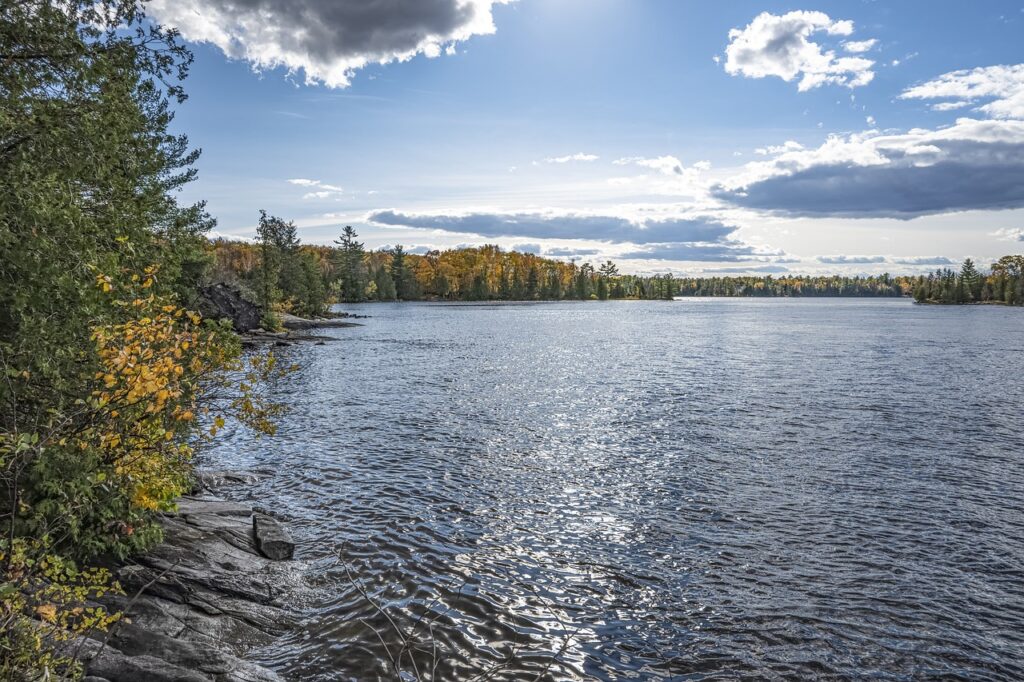
What environmental considerations are associated with alternative energy sources?
Environmental considerations for alternative energy sources vary but generally focus on minimizing negative impacts:
Greenhouse Gas Emissions: Many alternative energy sources, such as solar, wind, and nuclear energy, produce minimal to no greenhouse gas emissions, helping combat climate change.
Biodiversity and Habitat Protection: Hydroelectric dams and tidal power plants can alter local ecosystems. Also proper planning, environmental assessments, and mitigation strategies are essential to protect wildlife and habitat integrity.
Land and Resource Use: Some renewable energy installations require land and resources. Sustainable practices and responsible land use are important to minimize ecological disruption.
How do renewable energy sources contribute to reducing greenhouse gas emissions?
Renewable energy sources contribute to reducing greenhouse gas emissions in several ways:
Carbon-Free Energy Production: Sources like wind, solar, and nuclear power produce electricity without emitting carbon dioxide (CO2) and other greenhouse gases.
Reduced Fossil Fuel Dependence: By decreasing reliance on fossil fuels like coal and natural gas, renewables reduce emissions from burning these carbon-intensive fuels.
Carbon Sequestration: Certain renewable sources, such as reforestation and bioenergy with carbon capture and storage (BECCS), have the potential to remove CO2 from the atmosphere, helping mitigate climate change.
What strategies can be adopted to protect biodiversity in the context of alternative energy?
To protect biodiversity when implementing alternative energy projects:
Environmental Impact Assessments: Conduct thorough environmental impact assessments before building energy infrastructure to identify potential risks to wildlife and ecosystems.
Habitat Restoration: Implement habitat restoration and conservation measures in affected areas to offset any ecological disruptions.
Technological Innovations: Develop and deploy wildlife-friendly technologies, such as bird-friendly wind turbine designs and fish-friendly hydroelectric turbines.
How do smart grids contribute to energy efficiency and conservation efforts?
Smart grids enhance energy efficiency and conservation in several ways:
Real-Time Monitoring: Smart grids provide real-time data on energy consumption, allowing utilities and consumers to make informed decisions about energy use.
Load Balancing: They optimize the distribution of energy, reducing waste and inefficiencies by matching supply with demand more precisely.
Integration of Renewable Energy: Smart grids efficiently integrate intermittent renewable energy sources like wind and solar, ensuring a stable and reliable energy supply.
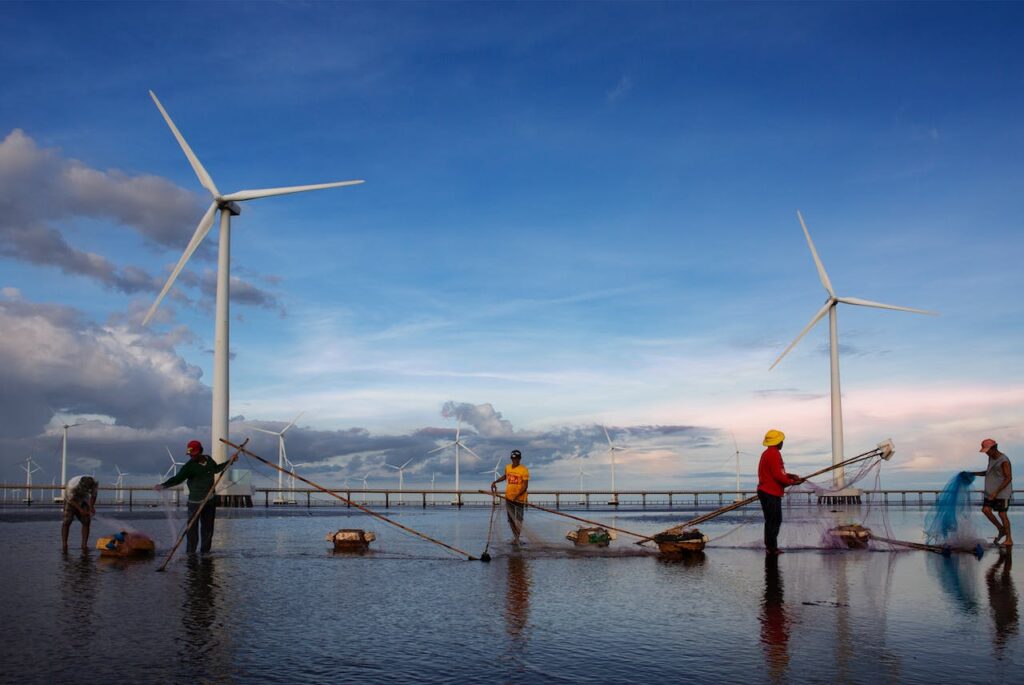
The Path Forward – A Sustainable Energy Mix
To create a sustainable energy future, we must recognize that no single energy source can meet all our needs. Specifically a diversified energy mix that includes natural gas, geothermal energy, solar power, wind turbines, nuclear energy, tidal energy, and hydroelectric dams provides resilience against supply disruptions and minimizes environmental harm.
The Global Impact of Renewable Energy
The transition to renewable energy is a global endeavor, with nations around the world pledging to reduce their carbon emissions and adopt cleaner energy sources.
The Paris Agreement and Its Significance
The Paris Agreement, an international treaty signed by 196 countries, aims to limit global warming by reducing greenhouse gas emissions. In fact it underscores the importance of transitioning to renewable energy sources to achieve climate goals.
U.S. Energy Consumption and the Shift Towards Renewables
The United States has seen a notable increase in the adoption of renewable energy sources in recent years. Government initiatives, advancements in technology, and growing public awareness have all played a role in this shift.
Alternative Energy Examples Conclusion
In conclusion, “Alternative Energy Examples What Are They” encompasses a wide spectrum of sustainable solutions that promise to reshape our energy landscape and combat the challenges posed by climate change and environmental damage. Also as we continue to explore the potential of natural gas, geothermal energy, solar power, wind turbines, nuclear energy, tidal energy, and hydroelectric dams, we must remain committed to a sustainable future for ourselves and future generations.
Alternative Energy Examples Fact: The Paris Agreement, which came into force in 2016, aims to limit global warming to well below 2 degrees Celsius above pre-industrial levels.
Recent Posts
Understanding Energy and Electricity: The Power For Progress
Energy and Electricity Energy and electricity are integral components of modern life, powering everything from homes and businesses to transportation and communication. Without them, the...
The Future of Wind Energy The future of wind energy is set to play a critical role in addressing global energy needs while combating climate change. As renewable energy sources like wind and...



